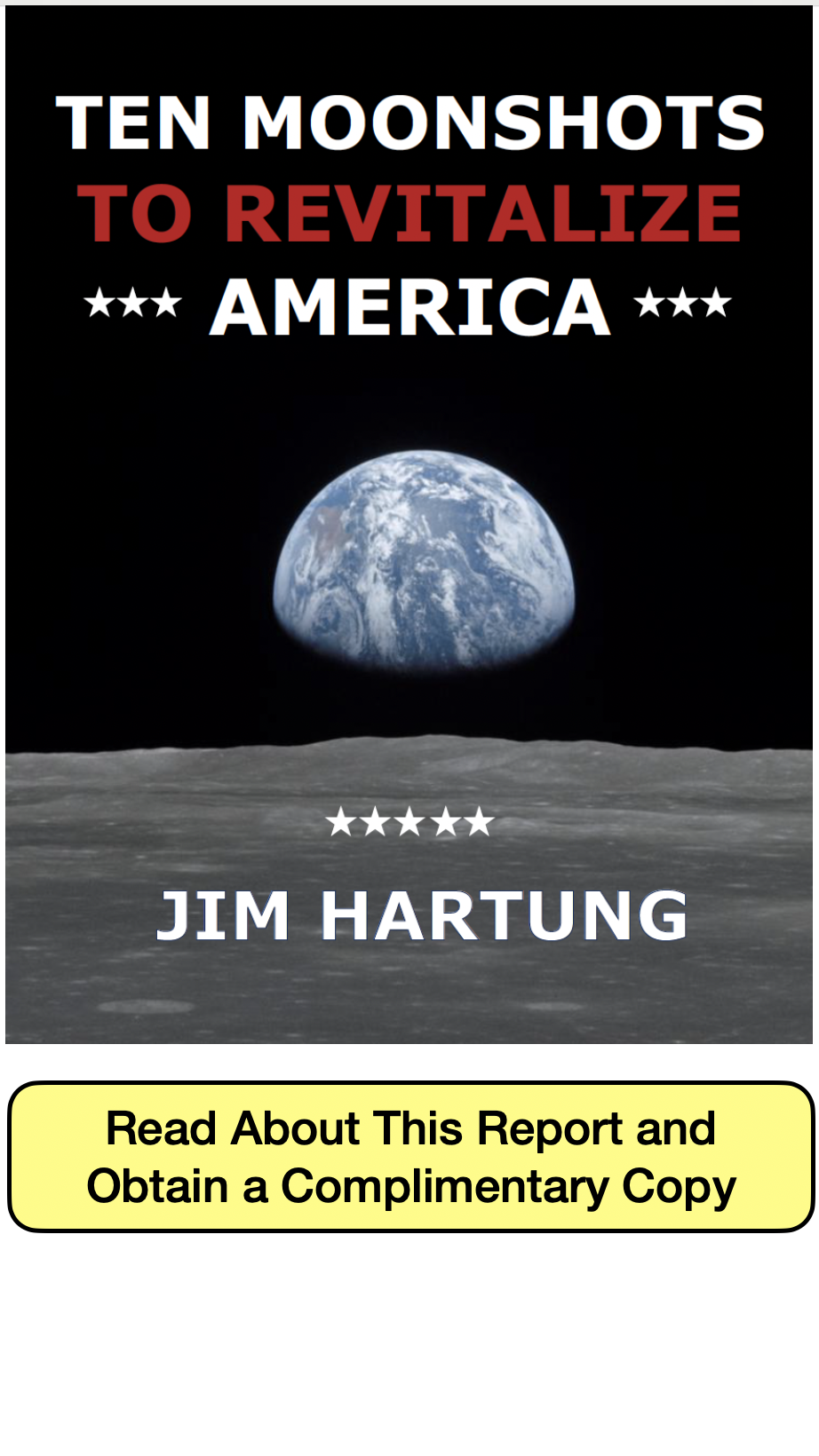Question 5: The proposed tax reform includes carbon dividends. What are carbon dividends—and why did you include them in your proposed tax reform?
Answer: Carbon dividends are included in my proposed tax reform because they are the most economically efficient and politically acceptable way to address climate change. However, they also have many side=benefits such as reducing air pollution, encouraging sustainable economic growth, and reducing economic inequality. With carbon dividends, fossil fuel companies pay a gradually increasing fee and all funds collected are returned to the American people in quarterly or monthly dividend checks.
Additional Information: The key features of carbon dividends are:
1. Carbon fee: A gradually increasing carbon fee is collected from fossil fuel companies. This fee is levied on oil, natural gas, and coal companies at the wellhead, mine, or port of entry.
2. Carbon dividends: All fees collected are returned to the American people with quarterly or monthly carbon dividend checks.
3. Border adjustment: Importers of carbon-intensive products pay a fee (and exporters receive a credit) to ensure a level playing field for American companies and workers.
4. Regulations: Government regulations that are no longer necessary to address climate change are phased out.
Carbon-intensive products receive border adjustments for two reasons. First, this will ensure that manufacturing does not move abroad just to avoid the carbon fee. Second, border adjustments will trigger a global “domino effect” as other countries scramble to price carbon to avoid (legal) tariffs on their products. This will rapidly reduce global greenhouse gas emissions.
Carbon dividends are included in the proposed tax reform primarily to address climate change. However, they provide other important side benefits, especially when implemented as part of comprehensive tax reform. An analysis by REMI (Regional Economic Models, Inc.) calculates these benefits:
1. Lower carbon dioxide emissions: 33% reduction in 10 years; 50% lower in 20 years
2. Less air pollution: 80,000 lives saved over 10 years; 230,000 lives saved over 20 years
3. More jobs: 2.1 million more jobs in 10 years; 2.8 million more jobs in 20 years
4. Faster economic growth: $70 billion higher GDP and $500 higher per capita income in 10 years
Other studies show similar results. All studies to date indicate that carbon dividends will reduce carbon dioxide emissions and air pollution. No studies suggest carbon dividends will substantially damage the economy. Economic analyses are uncertain. Nevertheless, they suggest that carbon dividends may improve the economy, or at least not damage it.
Carbon dividends encourage companies to develop clean energy technologies and more efficient products. They also create a vibrant market for these clean and efficient technologies and products.
Carbon dividends will also reduce income inequality. A study by the U.S. Treasury Department (Horowitz et al.) shows that if carbon dividends are distributed equally to all Americans, then (1) the poorest one-tenth of Americans will see their disposable incomes increase about 10%, (2) low-income and middle-income taxpayers (70% of Americans) will have higher disposable incomes, and (3) the richest one-tenth of Americans will see their disposable incomes decrease by about 1%.
Single taxpayers will receive $1,500 to $2,500 annually from the carbon dividend and tax credit. Married couples with no dependents will receive $3,000 to $5,000 annually. Married couples with two dependents will receive $6,000 to $10,000 annually. These cash payments, which will increase with inflation, provide many advantages. Four of the most important are:
1. They provide valuable income support for low-income and middle-income taxpayers. This, coupled with a strong safety net anchored by Medicare Choice and Social Security, will help them move up the income ladder.
2. Taxpayers must file tax returns to receive their carbon dividends and tax credits. This will encourage everyone to file tax returns, whether or not they owe taxes.
3. Carbon dividends and refundable tax credits provide a simple and effective way for the government to collect unpaid fees. For example, unpaid Medicare Choice co-pays and unpaid child support can be deducted from carbon dividends and refundable tax credits before distributing them.
4. The government can use carbon dividends and refundable tax credits to encourage good behavior. For example, they can be (1) denied to anyone who is in jail, or (2) deposited into a supervised fund to assist with rehabilitation and re-entry into society.

